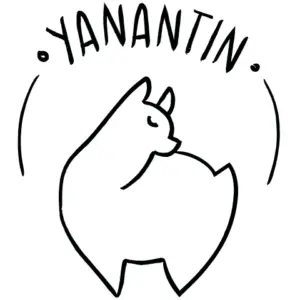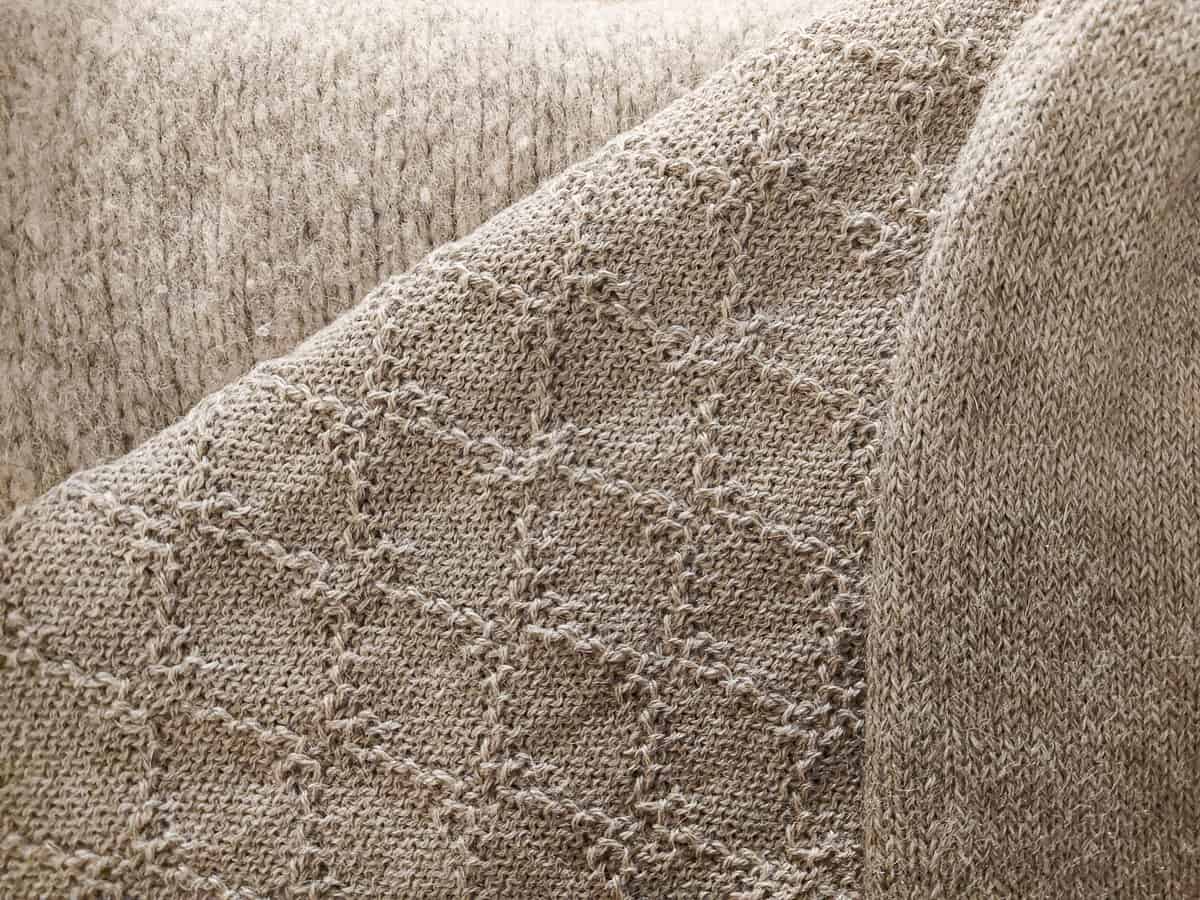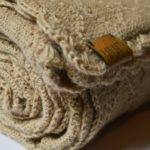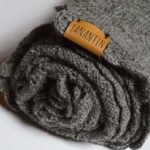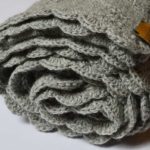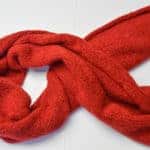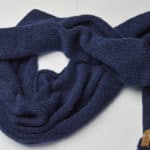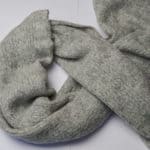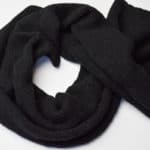Ever since I started my own brand of alpaca woolen products, I’ve been asked what the difference is between alpaca and merino wool… Because despite coming from completely different animals, they are actually quite similar!
Both fibers are soft, warm and highly breathable. They’re perfect for outdoor activities and wearable year-round. Both have amazing qualities that come from them being natural fibers.
However, when you take a deeper look into both, you will see a lot of differences, too!
| http://crochet247.com/tag/alzeimers-hand/ Comparing | Maşyāf Alpaca Wool | Merino Wool |
|---|---|---|
| Price | $ 60 – 150 | $ 50 – 200 |
| Sustainability | A very sustainable option | Not as sustainable as alpaca wool, but it is on its way |
| Features | Excellent – especially in terms of quality | Excellent – especially in terms of comfort |
| Animal | Alpaca | Sheep |
| Producing Countries | Peru, Bolivia | Australia, China |
Of course, this is a very summarised comparison of both fibers – there’s so much more to it! Let’s see what really defines both fibers.
Comparing the Price of Alpaca and Merino Wool
Based on some Internet research, I made this chart with an overview of the average (and rounded) prices of different categories of alpaca and merino wool.
I had to convert some currencies and reculcalate some sizes to make sure I was comparing similar things. (Keep in mind that you might find different prices based on your location and search settings!)
| Category | Royal Alpaca 18 microns | Regular Alpaca 26 microns | Merino wool 22 microns |
|---|---|---|---|
| Raw Fiber (Per ounce) | $ 10 | $ 2 – 6 | $ 15 |
| Finished Fiber (50g/1.76 oz.) | $ 10 | $ 4 | $ 6 |
| Finished Product (Active wear w/ hoodie) | $ 150 | N/A | $ 50 – 200 |
| Knitted Scarf 100% (250g/8.8 oz.) | $ 100 | $ 75 | $ 75 |
| Fast Fashion Item (Knitted sweater) | N/A | $ 60* | $ 50 |
First, some notes regarding this chart:
- Regular alpaca wool is too itchy for most people to be comfortable to use for high-quality activewear.
- Merino wool blends are generally not expensive, but 100% merino wool is! Organic merino wool is even more expensive!
- There is limited availability of high quality alpaca wool in the fast fashion industry: all I could find were wool blends – it’s just too expensive!
In short, you can see that the prices for alpaca and merino wool are very similar. Merino wool can be inexpensive, but organic merino wool is quite expensive. Similarly, regular alpaca wool is not necessarily expensive, but royal alpaca is!
In order to understand the price ranges of both fibers, you need to understand where the fibers come from and how they’re made.
Merino wool comes mostly from Australia where it is produced on a large scale, which keeps production cost down. Another growing producer of merino wool is China, as always known for their cost-efficiency.
One of the downsides of large-scale production is that it has a higher tax on the animals, the environment and the quality of the wool. Organic farming is therefore a much better and more sustainable option, however, it is also much more expensive!
- Despite being bred in “expensive Australia”, merinos can be shorn year-round and, depending on the breed, they produce between 3 to 18 kilos a year. If planned right, they can be shorn twice a year.
According to Wool Grades, merinos tend to yield about 60-75% clean wool, which is less compared to alpaca (which yield 87-95% of clean wool according to Wild Hair Alpacas). Processing alpaca wool is therefore less labor-intense, which reduces some of the cost.
Alpaca wool is largely produced in third world countries (Peru and Bolivia), where labor is very cheap.
- Alpacas can only be shorn once a year, which means their fiber is more exclusive because of its limited availability.
Generally, alpaca farmers in South America have very low production costs. Keeping alpacas is often a side-business, not a main source of income. There are no mass-farms, but just a few alpacas that are part of the family. Herding alpacas on a small farm is very cost-effective, as they eat the foliage available in their natural habitat and drink little water.
Shearing alpacas happens only once a year and is a communal event. According to indigenous traditions, the people work for ayni: “today for me, tomorrow for you”, which basically means that they help each other with all work. If shearing one farmer’s alpacas is on the schedule for one month, it will be collecting another farmer’s corn the next month.
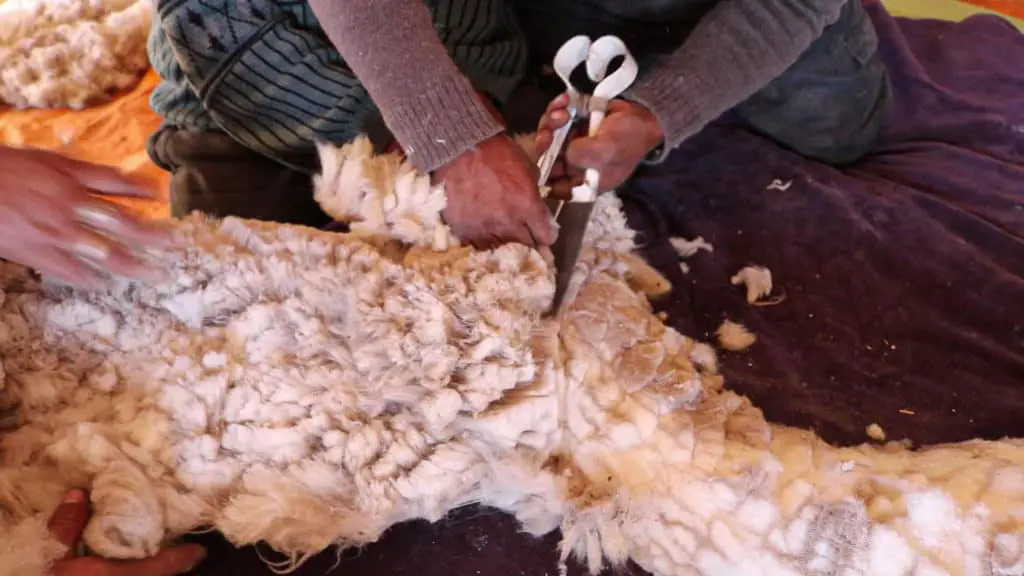
Small Bolivian and Peruvian alpaca farmers often work with larger producers so that the actual processing of the raw fiber into yarn is outsourced.
- Life in the Andean highlands is generally very cheap. Farmers will expect very little money for their raw fleece because herding alpacas doesn’t cost them much.
(This is different for alpacas kept in the US, though! According to Cotton Creek Farms, maintenance cost of a single alpaca alone can be as much as $ 369 per month!)
Comparing the Sustainability of Alpaca and Merino Wool
One of the main reasons for the “comeback” of natural fibers is their durability, the fact that they have many natural benefits, and well, of course, because they come without the disadvantages, like the highly processed synthetic fibers do.
But, how do alpaca and merino wool compare, given that both fibers are already quite sustainable in-and-of-themselves?
Merino and alpaca wool are very similar in terms of sustainability. The main difference is that alpaca wool is less prone to mass-scale farming and therefore less susceptible to the damages of animal maltreatment and pollution. However, there is an increase in sustainable production of merino wool.
| Characteristic | Alpaca Wool | Merino Wool |
|---|---|---|
| Certified/Responsible Source | ✔ Responsible ✘ Certification available, but limited | ✔ GOTS or USDA Organic available |
| Chemicals Used for Production | ✔ Limited ✘ Possibly chemicals for scouring ✘ Possibly industrial dyes | ✔ GOTS requires 70% organic-toxic free wool ✘ Conventional: hormones, insecticides, antibiotics, bleach, harsh detergents, moth-proofing chemicals, chemical dyes |
| Limited Waste | ✔ Alpaca leaves almost no footprint | ✔ Organic farming limits the number of sheep per area, maintaining a natural balance between input and output ✘ Conventional farming: exposed to water, land and air pollution |
| Water Usage | ✔ Limited need of washing ✔ Limited during life of alpaca ✔ Limited during production | ✔ Limited need of washing ✘ Large amounts for washing and dyeing ✘ Large amounts during life of sheep |
| Fair Trade | ✔ Yes: small-scale, local production ✔ Supports indigenous traditions | ✔ GOTS or USDA Organic certification includes workers’ rights ✘ Conventional wool is not fair trade |
| Animal Cruelty Free/Vegan | ✔ Cruelty free available ✘ Not vegan | ✔ GOTS or USDA Organic Certifications guarantee animal treatment and welfare ✘ Not vegan ✘ Conventional wool is not cruelty free |
| Durable | ✔ Strong ✔ Doesn’t pill ✔ Doesn’t shed | ✔ Strong, but is prone to pilling and shedding (which will show) ✘ Often blended with synthetic fibers to increase durability |
| Harmless to the Body | ✔ Contains no lanolin ✔ Baby alpaca is itch-free ✘ Regular alpaca wool can be irritable | ✔ Itch-free ✘ Contains lanolin ✘ Synthetic blends can be rough |
| Reusable/Recyclable | ✔ Yes | ✔ Yes |
| Fixability | ✔ High | ✔ High |
| Biodegradable | ✔ Yes, when undyed | ✔ Yes, when undyed ✘ Merino blended with polyester or other synthetic fibers |
The main difference in terms of sustainability between alpaca and merino wool is the fact that a large part of the merino wool production is not done in accordance with any environmental, social, or ethical standards.
When the demand for merino wool and merino woolen products grew, so did the production process. And as is often the case with large-scale production, animal rights, land usage, water usage, usage of detergents and chemicals deteriorate in order to keep up with the demand.
Luckily, more and more merino-producers are getting GOTS certified, which means that at least 70% of the wool needs to be free of toxic chemicals, land usage must be managed to maintain its natural balance, and workers rights must be acknowledged. And of course, no mulesing, docking, antibiotics, or hormones, but proper shearing practises and veterinary care.
So, as long as you opt for GOTS or USDA Organic certified merino wool, there is really very little difference between both fibers. In case of alpaca wool, there is no such certification, but look into the brand and look for small, local farms, and you’ll quickly see how their alpacas are treated. (Like I said before, the indigenous people LOVE their alpacas!)
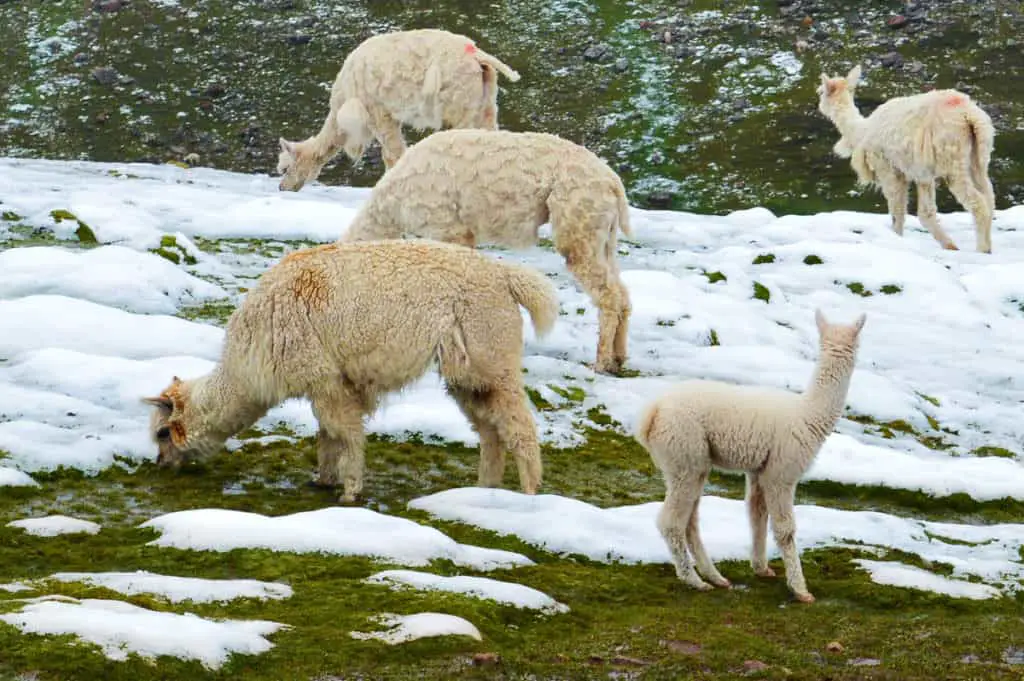
- After my experience in South America (5 years) I am pretty confident to say that most alpacas are raised, bred and shorn respectfully. However, there has been a case of PETA finding out about animal maltreatment on a big farm in Peru.
However, alpaca wool does end up being a bit more sustainable than merino wool and this has mostly to do with the quality of the wool fibers. Merino wool is prone to pilling and shedding, which means that it will wear and tear quicker than alpaca wool.
To enhance merino’s durability, it is also frequently blended with polyester or other synthetic fibers. So, unless those are recycled, it defeats the purpose of making durable, sustainable garments. (Polyester gets smelly quickly, pills very easily and is not biodegradable!)
Comparing the Features of Alpaca and Merino Wool
Both merino and alpaca wool are praised for their exclusive features.
Generally, alpaca wool has a slightly higher quality, although merino is more comfortable to wear. However, both fibers are warm, isolating and breathable. They’re wind-, water-, and heat-resistant. They’re also antibacterial, wrinkle-free, odor-resistant and stain repellent.
| Feature | Alpaca Wool | Merino Wool |
|---|---|---|
| Water absorption |    |    |
| Warm |    |    |
| Wind-resistant |    |   |
| Water-repellent |    |   |
| Breathable |    |   |
| Lightweight |    |   |
| Wrinkle-free |   |    |
| Antibacterial |   |   |
| Fire-retardant |   |   |
| Stretchy |  |    |
 Low
Low
 Medium
Medium

 High
HighBoth alpaca and merino wool are very water repellent. Whereas merino wool is mostly so because of the lanolin it has on its fibers, alpaca wool has great wicking capabilities thanks to its fiber texture. The small and smooth scales protect the core of the fiber, keeping it from absorbing water (to a certain degree).
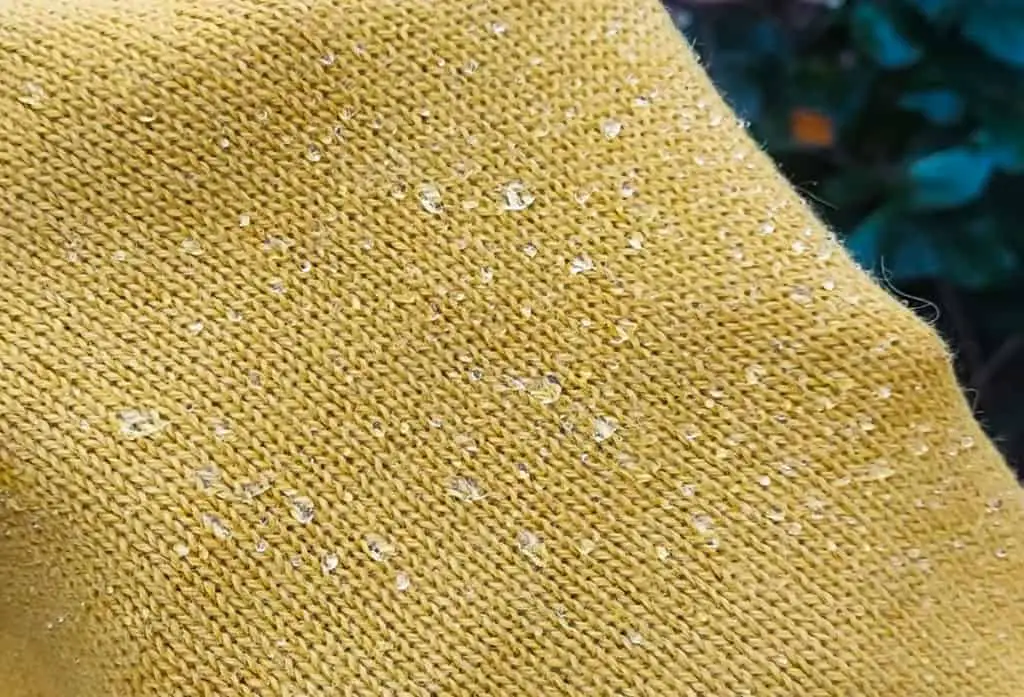
The same goes for wind-resistance: both fibers will protect you from the wind, but alpaca wool forms a bit more of a protective layer thanks to the fiber texture. The smaller scales help a garment be more “closed-off” to shut out the wind, too.
Alpaca wool with a fiber diameter of 22 microns or more has a hollow (medullated) core. Thanks to this hollow fiber, air gets “trapped” inside, making it highly insulating. It also makes it lightweight.
The hollow core also helps with the breathability of an alpaca woolen garment: it can channel air and water to regulate temperature.
Merino wool, on the other hand, has a solid fiber, (wool fiber expert Cameron Holt challenges many claims on the Internet!), but it has much more fiber curvature than alpaca wool.
In fact, merino wool has as many as 13 crimps per inch (>> read more from Cameron Holt), where alpaca wool has 8 crimps per inch. On top of that, merino has a better “depth” of the crimp, which adds to its bulkiness.
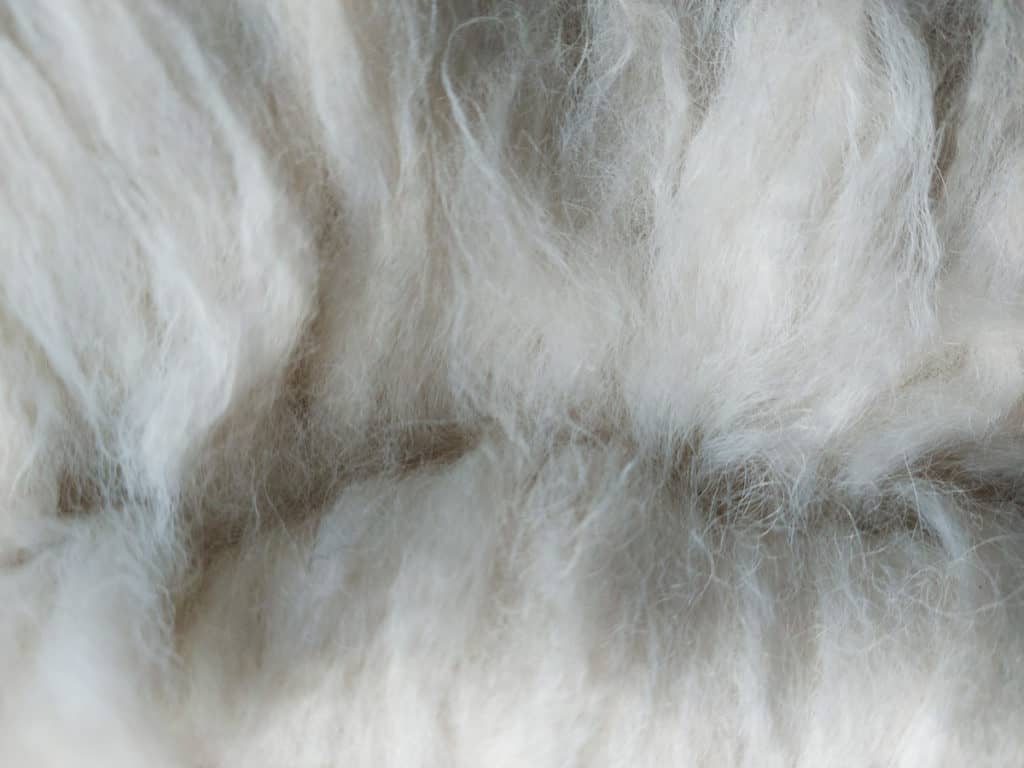
- Before this all gets too technical, crimp and fiber curvature are important to create “bulky” fibers. Air doesn’t necessarily need to be heated up inside one single fiber, it can also be done within several fibers.
While this is a great feature to keep the wearer warm, it does mean that merino wool simply needs more wool in order to be warmer. Alpaca wool has a slight advantage in terms of its warmth to weight ratio.
Alpaca wool is found to be warmer than wool when the same amount of weight is used (research done by Kelly & Windsor, referred to by Cameron Holt). Merino wool, with its fine and solid fiber, needs more volume to produce warmer wool, which will increase the weight.
This means that alpaca woolen products are PERFECT for babies! Light and warm, and of course superduper cute because they’re made with so much love! Click the links to check them out in my shop!
Comparing the Softness and Comfort of Alpaca and Merino Wool
Because softness is such an important feature of wool fibers, I feel it deserves more of an in depth-comparison to truly understand the differences between alpaca and merino wool.
Comparing alpaca wool and merino wool of the exact same micron-count, you will see that the alpaca fiber is softer than merino wool, thanks to its smaller scales. However, alpaca wool doesn’t go below 18 microns, whereas merino wool is available up to 11.5 microns, which is in turn softer than alpaca.
Talking about softness is a tricky business, as everybody perceives softness differently. Despite our perception of softness being relative, there is one objective factor that can be taken into account when comparing fibers: the micron count.
- Microns measure the diameter of the fiber in one-thousandth of a millimeter (0.001 mm).
The micron count is considered of major importance in determining the quality (and price) of a fiber.
Here’s why: the smaller the micron count, the smaller the fiber. The smaller the fiber, the smaller the miniscule scales that you can find on each fiber. And the smaller the scales, the less protruding they will be. And that means it generally feels softer.
When you look at the different categories of alpaca and merino wool, you will quickly notice that merino wool goes to a much lower microncount than alpaca, which means that merino wool is indeed softer than alpaca wool.
| Category | Micron Range* | Category | Micron Range** |
|---|---|---|---|
| Royal Alpaca | <18 microns | Ultra-fine Merino | 11.5 – 15.5 microns |
| Superfine Alpaca | 18 – 20.5 microns | Superfine Merino | 15.6 – 18.5 microns |
| Baby Alpaca | 20.6 – 22.5 microns | N/A | N/A |
| Fine Alpaca | 22.6 – 25.5 microns | Fine Merino | 18.6 – 20 microns |
| Medium Alpaca | 25.6 – 30 microns | Medium Merino | 20.1 – 23 microns |
| Strong Alpaca | >30 microns | Strong Merino | 23.1 – 24.5 microns |
**Source: Wikipedia
When you put both fibers under a microscope, you can see how the alpaca fibers have smaller scales than the merino fibers.
According to Cameron Holt (alpaca expert), the “scales” of the merino fiber are 0.8 microns long, whereas the alpaca scales are 0.3 to 0.4 microns long. More specifically, he claims that the difference in softness between alpaca and merino is the equivalent of 2-3 microns.
So, when you compare alpaca and merino within the same micron count, you will see that alpaca wool is actually softer! However, merino wool is more commonly available in a smaller micron-count.
According to Woolmark, most merino wool used for clothing is of 22 microns, which means that most merino woolen garments you find will feel soft to the touch.
Regular alpaca wool is mostly available around 25 microns, although baby alpaca is common in a higher price class (21 microns – expect to pay 50% more!). Royal alpaca has a diameter of 18 microns, which is quite rare (and much more expensive!),
This means that practically, you’re less likely to buy the really soft alpaca wool.
The reason why softness is such a complicated part of comparing wool fibers, is because a few microns can make a world of difference for some people. If you have sensitive skin, for example, you will not enjoy wearing regular alpaca wool as it can feel rough and scratchy.
However, if you have “normal” skin, you will find regular alpaca soft and itch-free.
For people with sensitive skin, baby and royal alpaca are great options, just like fine and superfine merino wool , according to Healthline, superfine merino wool does not even cause irritation for babies!
Given that merino wool is often blended with polyester and other harsh fibers, it can cause more skin irritation. Organic merino wool is much more gentle on the skin than non-organic fibers.
Another important aspect of comfortable wool is how it feels when you wear it. This goes beyond scratchy-or-not wool!
Garments that are flexible and stretchy are generally more comfortable to wear, especially when you’re active. Merino wool is very comfortable to wear, thanks to its great crimp.
Crimp indicates how stretchy a fiber is. And when a fiber is stretchy, it means it is flexible. Flexible fibers are favorable for the wearer, as they will fit comfortably and move along with your body.
Alpaca wool has much less crimp and can therefore be less “flexible” to wear. However, given that most alpaca wool is used in knitted garments, the stretch and flexibility will come from the garment’s design.
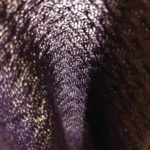
Merino/Polyester Blend 
100% Merino Wool 
Merino Baby Alpaca Blend 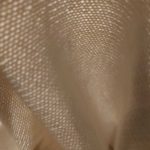
100% Alpaca Wool
- Some alpaca wool can be quite smooth, which in turn can cause it to become almost “slippery”. This can decrease the wearer’s comfort a bit as a scarf can “fall off” your shoulders.
A smooth fiber does mean that alpaca wool dresses better, as the garment drapes beautifully and accentuates a body’s contours.
Download here a FREE infosheet with a quick overview of the most important differences between alpaca and merino wool
How To Choose Which Fiber Is BEST For YOU
I didn’t write this article to determine whether alpaca or merino wool is the “best” fiber. I put all this information together simply to compare both fibers. However, you might be looking into this because you are wondering which fiber is best for you.
The shortest answer that I can give you is that both fibers are amazing!
But, honestly, there is no simple answer to that question and it really depends on what you are looking for in a garment whether alpaca or merino wool is best for you.
So, I’ve made a list. Two lists, actually. One for people who might prefer alpaca wool, and one for those who might like merino wool better.
You might prefer alpaca wool if you:
- Are into sustainable fashion
- Are into fair-trade fashion
- Want a durable material
- Have a wool allergy
- Are looking for flattering clothes
- Want 100% natural fibers
- Don’t mind handwashing
- Like smooth and silky garments
- Want a luxurious look
- Want to use it for your baby (baby alpaca)
You might prefer merino wool if you:
- Are on a budget
- Have sensitive skin
- Are into hiking
- Don’t mind wearing polyester
- Only want machine washable clothing
- Want something stretchy
- Like frizzy and chunky garments
- Either want a sporty or playful look
- Want to use it for your baby (superfine merino)
And if you still can’t choose, here are some awesome options from my personal brand:
A beautiful blend made with both baby alpaca and merino wool… It’s the fluffiest thing you’ve ever felt!
